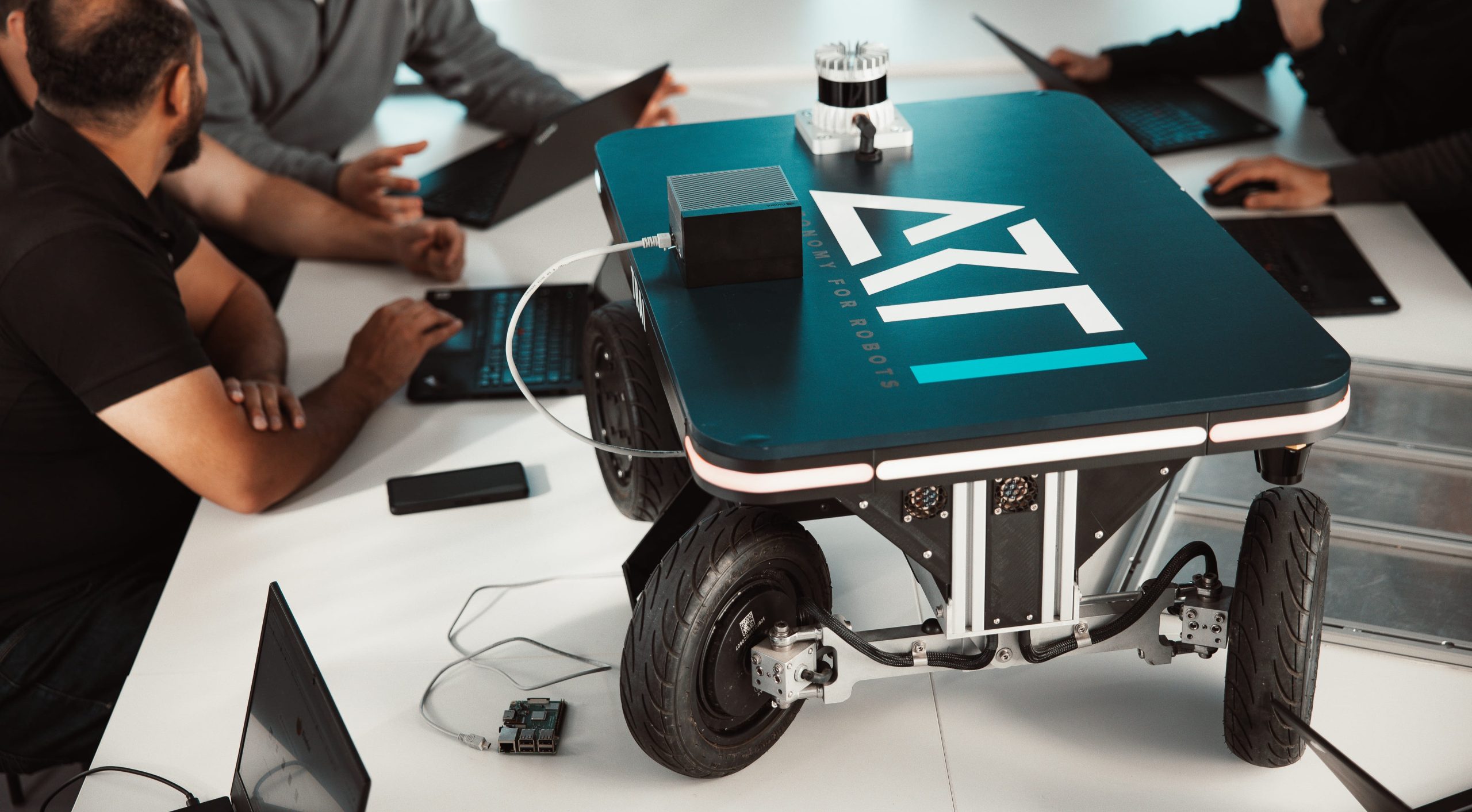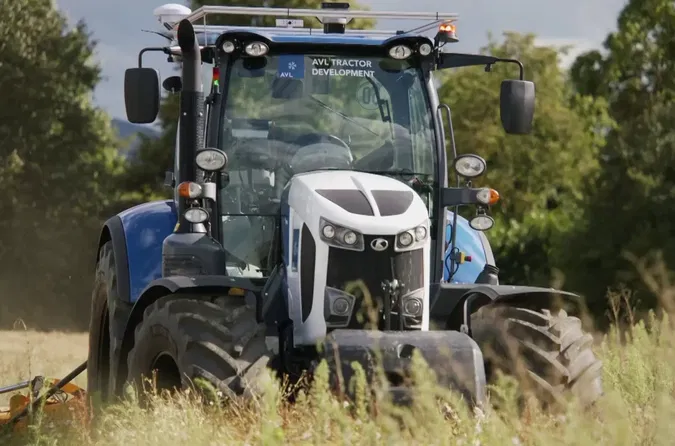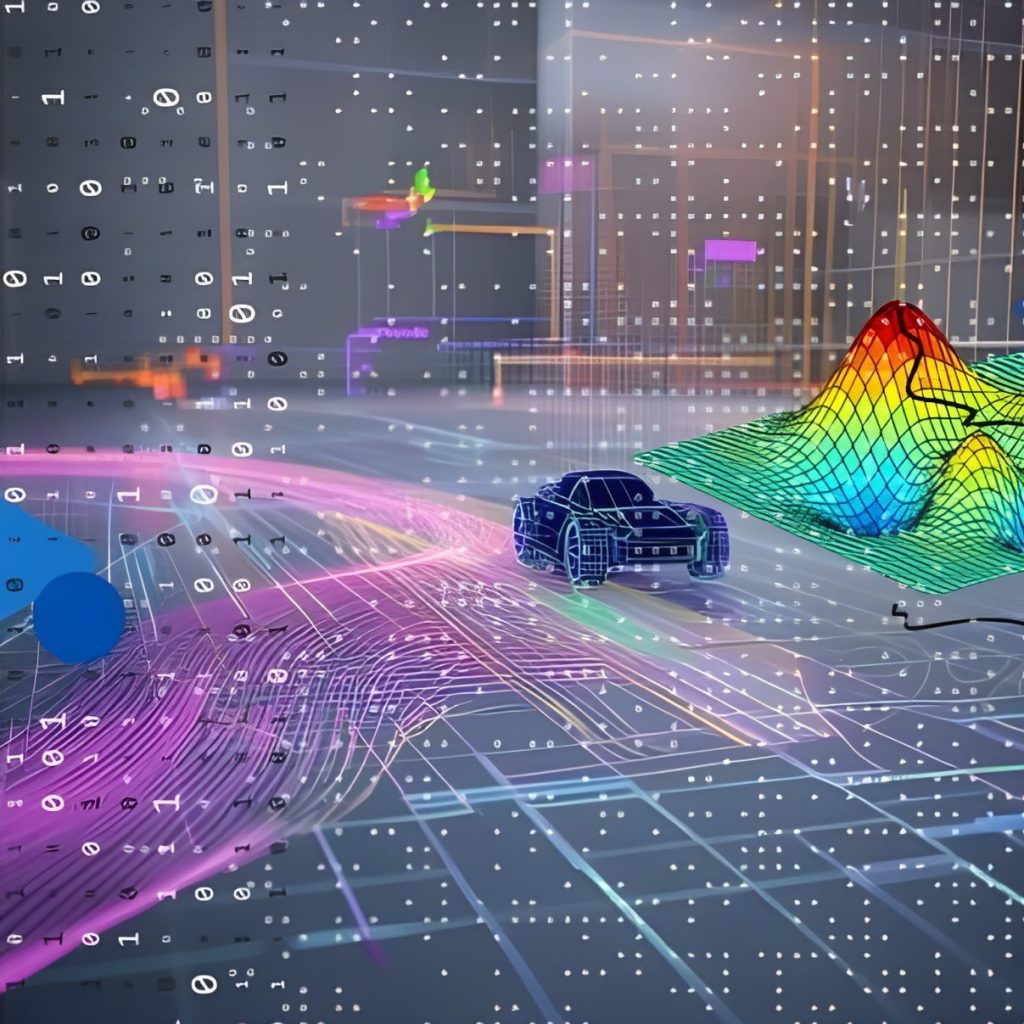Smaller, Faster, Cheaper – New Requirements for Software in Mobile Autonomous Robots
As in many other areas of industry, the world of AGVs and AMRs is driven by the same requirements: smaller, faster, and more cost-effective. This trend impacts not only the hardware but also the electronic components, creating new challenges for the software developers of autonomous mobile robots.
High Demands on Computing Power and Connectivity
Autonomous navigation software must work reliably. This requires high computing power, especially in dynamic outdoor environments. Sensor data from various sources must be linked and processed. The higher the quality and quantity of these data, the better the autonomous driving behavior.
Complex path planning and dynamic obstacle avoidance also require sufficient computing capacity. At the same time, connectivity plays a crucial role: with a stable internet connection, many processes can be offloaded to servers or the cloud. However, in environments with limited infrastructure, the system must be robust enough that all functions run reliably directly on the vehicle — on the edge device.
The Reality: Limited Resources on the Edge Device
For software developers, the ideal would be a mobile supercomputer. In practice, however, edge devices are limited by numerous factors: vehicle size, weight, battery capacity, cooling — and last but not least, cost.
ARTI Software: Flexible, Robust, and Hardware-Agnostic
ARTI’s software works reliably even in challenging, dynamic environments like outdoor deployment, which require high computing power. It is not only powerful but also flexible and hardware-agnostic: it runs on vehicles of various sizes and with very different sensor and hardware configurations.
Energy and computing efficiency are therefore central topics for ARTI. Only this way can the high demands on functionality and reliability be reconciled with the real hardware constraints.

Broad Compatibility – From Raspberry Pi to NVIDIA Jetson
ARTI’s modules for localization (WAI), indoor navigation (IGVI), and outdoor navigation (AVI) are compatible not only with the classic x86-64 architecture of IPCs but also fully operable on energy-efficient ARM architecture.
In combination with 2D LiDAR sensors, the modules even work on devices like the Raspberry Pi 4 or 5. For more complex environments with 3D LiDAR, more powerful ARM-based systems such as the NVIDIA Jetson family are ideal.
Conclusion: ARTI as a Strong Partner for Specialized Robotics Solutions
ARTI’s software modules deliver on their promises: they are flexible, robust, and reliable — even under difficult conditions. But ARTI offers more than just technology: as a provider of software for mobile autonomous robots, ARTI is a competent and dedicated partner for tailored solutions addressing special cases in autonomous mobile robotics.
Whether in agriculture, industrial settings, or hard-to-reach outdoor areas — ARTI provides the right software when reliability, efficiency, and adaptability matter. Anyone looking for a partner who offers not only standard solutions but also masters complex challenges is in the right place with ARTI – Autonomous Robot Technology GmbH.



